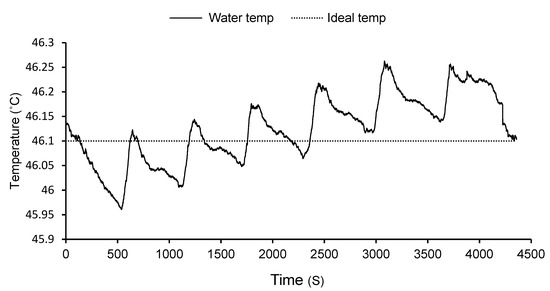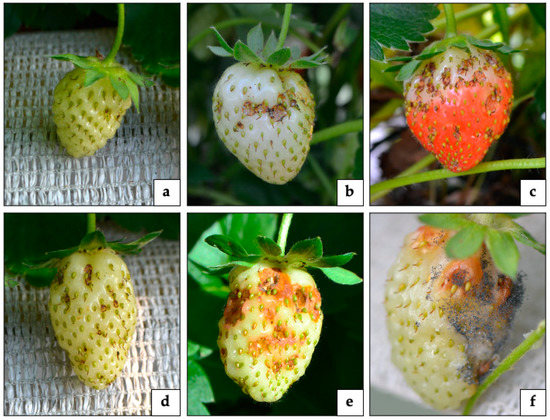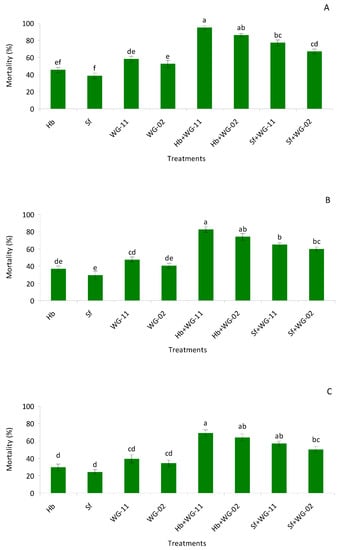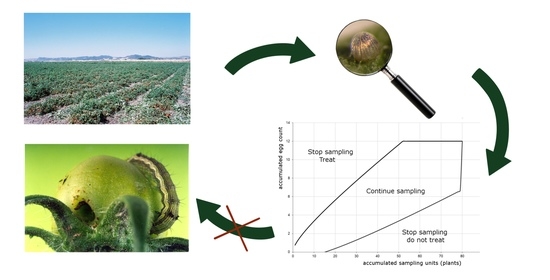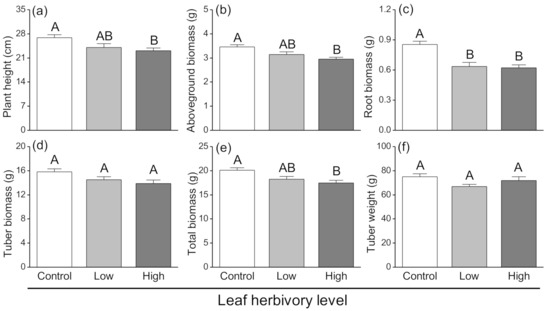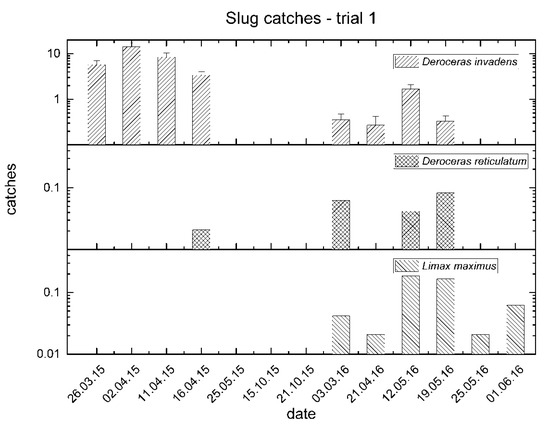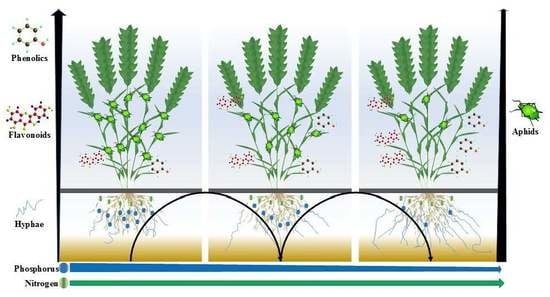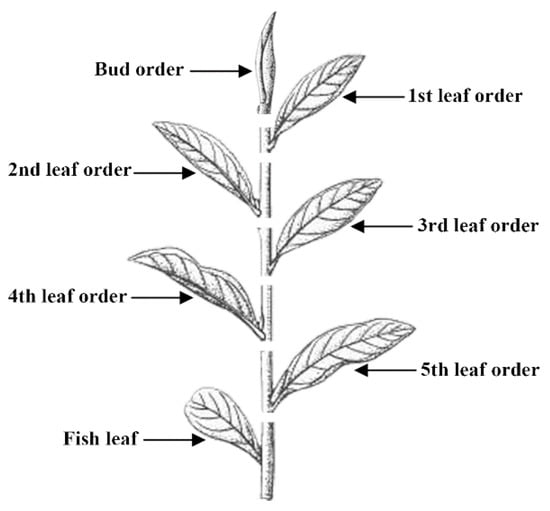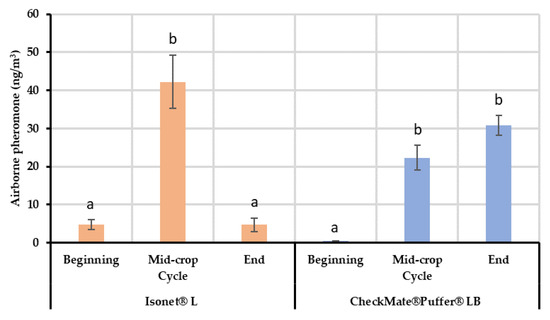Integrated Pest Management in Arable and Open Field Horticultural Crops
A topical collection in Insects (ISSN 2075-4450). This collection belongs to the section "Insect Pest and Vector Management".
Viewed by 47268Editor
Interests: arable and horticultural crop production; biological control; integrated pest management; invasive species
Special Issues, Collections and Topics in MDPI journals
Topical Collection Information
Dear Colleagues,
Invertebrate pest control within both agricultural and horticultural production systems continues to present many challenges. Over the past decades the commonly used method for pest control has been the direct application of chemical products. However, in response to environmental, economic, and other problems associated with the over-reliance on chemical insecticides there has been an increasing drive towards the development of Integrated Pest Management (IPM) approaches. Many IPM strategies are now well developed under protected environments. However, within the open field in many situations targeted success is yet to be achieved. This collection will include original research articles and reviews by leading research entomologists and associated experts. Articles will focus on the development and implementation of IPM strategies against various major arable and horticultural invertebrate pests (both indigenous and invasive species). Articles that outline the integration of various control options for a given pest species and also the appropriate use of chemicals within management strategies are particularly welcome.
Dr. Andrew G. S. Cuthbertson
Collection Editor
Manuscript Submission Information
Manuscripts should be submitted online at www.mdpi.com by registering and logging in to this website. Once you are registered, click here to go to the submission form. Manuscripts can be submitted until the deadline. All submissions that pass pre-check are peer-reviewed. Accepted papers will be published continuously in the journal (as soon as accepted) and will be listed together on the collection website. Research articles, review articles as well as short communications are invited. For planned papers, a title and short abstract (about 100 words) can be sent to the Editorial Office for announcement on this website.
Submitted manuscripts should not have been published previously, nor be under consideration for publication elsewhere (except conference proceedings papers). All manuscripts are thoroughly refereed through a single-blind peer-review process. A guide for authors and other relevant information for submission of manuscripts is available on the Instructions for Authors page. Insects is an international peer-reviewed open access monthly journal published by MDPI.
Please visit the Instructions for Authors page before submitting a manuscript. The Article Processing Charge (APC) for publication in this open access journal is 2600 CHF (Swiss Francs). Submitted papers should be well formatted and use good English. Authors may use MDPI's English editing service prior to publication or during author revisions.
Keywords
- Arable Crops
- Horticulture
- Integrated Pest Management
- Pesticides







